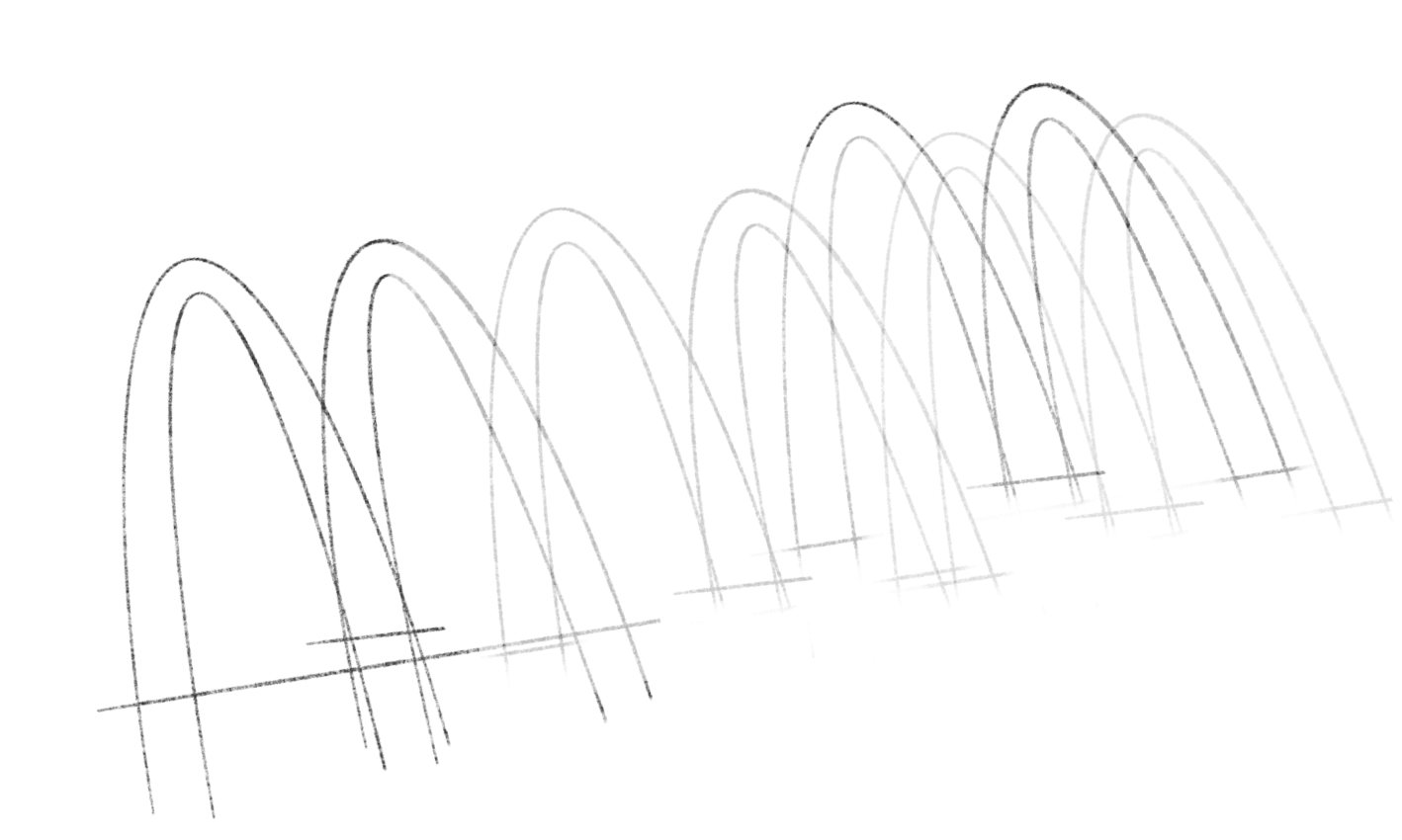3. Ordinary Differential Equations#
Differential equations are models of dynamical systems in continuous time.
“Ordinary” differential equations or ODEs refer to such models where there is only one independent variable: time.
3.1. Notation and definitions#
Let \(\mathbb{R}\) denote the set of real numbers.
Also, let \(\dot{x}(t) := \tfrac{dx(t)}{dt}\), i.e., the instantaneous rate of change in our variable(s) of interest \(x(t)\).
More generally, we denote the \(i\)-th order time derivative of variable \(y(t)\), \(d^{i}y(t)/dt^{i}\), by \(y^{(i)}\).
Example 3.1
\(y^{(1)} = \dot{y}(t) := \frac{dx(t)}{dt}\).
\(y^{(2)} = \ddot{y}(t) := \frac{d^{2}x(t)}{dt^{2}}\).
An ODE consists of the following objects:
an independent variable (time): \(t \in \mathcal{T} \subseteq \mathbb{R}\);
dependent variables or states: \(x(t) \in \mathbb{R}^{k}\) with \(k\geq1\); and,
an implicit map or transition law: \(F\left(\dot{x}(t), x(t), t\right) = 0\).
Quite often, we are fortunate to work with an explicit (or normal) and first-order ODE:
By this, we mean that we can algebraically isolate \(\dot{x}(t)\) to one side of the equation.
The explicit map \(g\) in Equation (3.1) says that the rate of change in \(x\) depends on its instance at time \(t\) and (possibly directly) on \(t\) itself.
3.1.1. Higher-order differential equations#
We might think studying the form in Equation (3.1) is somewhat restrictive. However, this not at a loss.
What if the phenomenon we wish to model has higher-order dynamic dependencies?
Suppose we are faced with an explicit, order-\(m\) differential equation:
We can exact the following change of variables:
Apply the first-derivative operator (with respect to \(t\)) to the dummy equations in (3.3). Using these, we can re-write Equation (3.2) as the stacked system:
Observe that Equation (3.4) is a system of \(m\) first-order ODEs of the form:
where \(\mathbf{x}(t) = (x_{m}, x_{m-1}, ..., x_{2}, x_{1})\).
Thus, a higher-order ODE system (3.4) can be viewed as a special case of \(m\) first-order ODEs (3.5).
Note
Consider the physics example of a second-order, autonomous ODE:
Example 3.2 (A model of damped oscillations)
Other instances of this phenomenon in real life include swinging on a playground swing or a plucked musical instrument string.
Suppose we have a mass \(m\) attached to a spring and it is suspended in a viscous fluid. The spring has a force constant of \(k\).
Imagine the mass being raised to some initial level \(A_{0}\) and then released.
For slow-enough oscillations, the dynamic behavior of the system can be captured by this model:
where \(a(t) = d^{2}x(t)/dt^{2} \equiv x^{(2)}\) is its acceleration, \(v(t) = dx(t)/dt \equiv x^{(1)}\) is its velocity, and \(x(t)\) is the current position of the mass.
The model in Equation (3.6) says the following: At any point in time, the net force on the mass is equal to its damping force and the counteracting force of the spring.
The assumption is that the damping force is proportional to velocity, with a constant of proportionality \(b\). The force of the spring is proportional to the current position of the mass or length of the spring.
We can rewrite Equation (3.6) as the second-order autonomous differential equation:
In first-order form, this is
where
and, \(\mathbf{x} = (x, \dot{x})\).
The following is an example of how we may view a problem in economics as an ODE. In this example, instead of \(t\) being the independent variable, now it will be some continuous measure of consumption quantity or wealth \(c\).
Example 3.3
Suppose \(U(c)\) is the utility of a consumer with (consumption or wealth) outcome \(c\).
The famous Arrow-Pratt measure of relative risk aversion is defined as
It has the interpretation as follows. Consider two individuals with different preferences such that \(\sigma(c)\) for Individual A is larger than \(\tilde{\sigma}(c)\) for Individual B, for all outcomes \(c\). Then we say A’s preference representation \(U^{A}\) exhibits more risk aversion that B’s, \(U^{B}\).
A special case is when \(\sigma(c) = \sigma\), i.e., the measure of relative risk aversion is a fixed coefficient, or that it is independent of consumption/wealth outcomes.
Let’s consider this special case. We could re-write this as a (nonlinear) second-order differential equation in the independent variable \(c\):
Or, we can define a change of variables by \(x(c) = U'(c)\). This is just the marginal utility of \(c\).
The above second-order ODE now can be viewed in a first-order form, albeit a nonlinear one:
This turns out to be an instance of the special class of separable, first-order differential equations. These particular ODEs also have closed-form general solutions.
